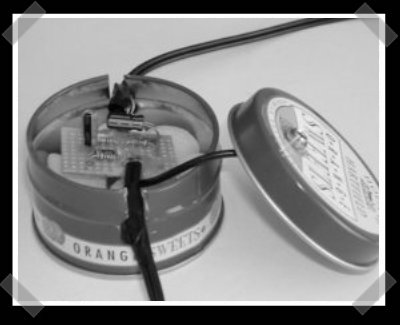
I’ll be hiding out in my workshop tonight, so I figured I’d give you guys a little extra today.
[Ashish] added a servo to his laserpointer/webcam range finder to give his microbric robot the ability to navigate before moving.
[Fredrick] got really motivated, built his own apple I clone and programmed it to play life.
[natetrue] built a sweet wireless motion sensor. [via hacknmod]
[sprite_tm] made a mechanical web page hit counter.
Some people, like [Nuri], really enjoy pain.
Finally, [chad]’s got a different idea on alternative uses for the Wiimote.















